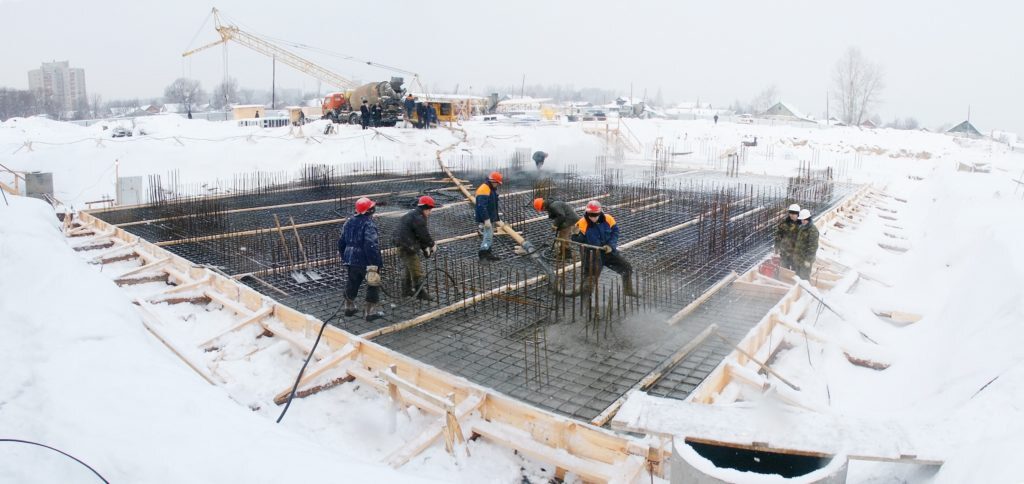Working in cold weather presents unique challenges and hazards that require preparation and caution to stay safe and healthy. Here are the key considerations and tips to keep in mind while working in cold conditions:
- Recognize the Risks
Exposure to cold temperatures can lead to serious health problems, such as:
- Frostbite: Damage to skin and underlying tissues caused by freezing. Commonly affects extremities like fingers, toes, ears, and nose.
- Hypothermia: A dangerous drop in body temperature that can impair mental and physical functions and can be life-threatening.
- Trench Foot: A condition caused by prolonged exposure to cold and wet conditions, leading to tissue damage.
- Dress Appropriately
Layering is key to staying warm and dry:
- Base Layer: Wear moisture-wicking material to keep sweat away from your skin.
- Insulating Layer: Add a layer of wool or fleece to trap heat.
- Outer Layer: Use a waterproof and windproof jacket to protect against the elements.
- Wear hats, gloves, insulated boots, and a scarf or face covering to shield exposed skin.
- Take Breaks and Stay Warm
- Schedule regular breaks in a warm, sheltered area to prevent prolonged exposure.
- Use warm drinks like tea or hot water to maintain body temperature. Avoid alcohol or caffeine, which can dehydrate you.
- Keep extra clothing on hand to replace wet or damp layers.
- Know the Warning Signs
Be aware of symptoms of cold-related illnesses:
- Frostbite Symptoms: Numbness, tingling, or hard, pale skin.
- Hypothermia Symptoms: Shivering, slurred speech, confusion, fatigue, or loss of coordination.
- Trench Foot Symptoms: Tingling, redness, or swelling of the feet. If you or a coworker experience these symptoms, seek medical attention immediately.
- Maintain Safe Practices
- Stay Dry: Wet clothing loses its insulation properties. Change out of wet clothing as soon as possible.
- Work in Pairs: Use the buddy system to monitor each other for signs of cold stress.
- Pace Yourself: Avoid overexertion, which can lead to sweating and increase the risk of hypothermia.

Since 1958, Stueve Construction, LLC continues to be the industry leader in fertilizer storage technology with more than 1,500 facilities built in its history. Safety is our #1 concern for our people and the project process.
What sets Stueve apart in the industry from others is our experience, in-house engineering, design-build capabilities, safety, and project communication skills. We partner with some of the finest fertilizer equipment, millwright, automation, electrician, liquid fertilizer/chemical tank, liquid systems plumbing, and civil design companies in the industry. Not to mention ensuring that you will receive the best technology, design and most operationally efficient project for your business investment.
